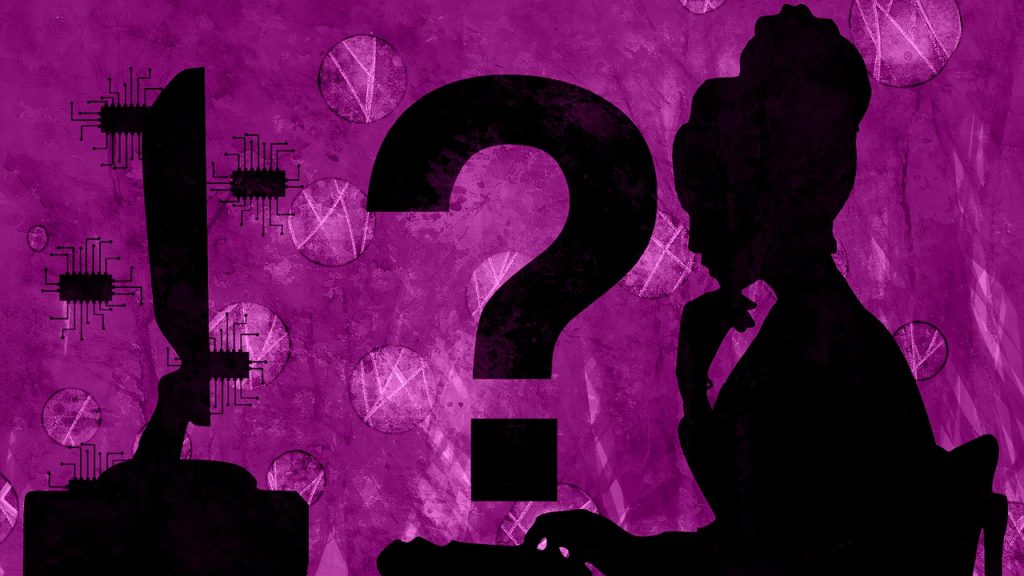
GUEST POST from Art Inteligencia
Smart organizations make an investment in the pursuit of future studies as part of their innovation activities. This investment is critical to the ongoing success of an organization because the wants and needs of customers change over time along with what’s possible from a technological, economical, and societal perspective. But many don’t know what future studies or futurology are or choose to focus on short-term profits over long-term viability and success. If you’re not clear on what future studies is, here are ten key components of the science of studying the future:
- Scenario Planning: This involves looking at different possible outcomes and understanding the implications of each.
- Trend Analysis: This involves looking at the trends in various areas such as politics, technology, and the environment.
- Forecasting: This uses models, data, and historical information to predict future events.
- Impact Assessment: This involves understanding the potential impact of changes in the environment, society and technology.
- System Dynamics: This involves understanding the relationships between different elements of a system and how they might interact and evolve in the future.
- Risk Analysis: This involves assessing the potential risks associated with different scenarios.
- Trend Monitoring: This involves continuously monitoring trends and changes in the environment, society, and technology.
- Technology Assessment: This involves understanding the implications of new technologies and how they might shape the future.
- Social Analysis: This involves understanding the social, political, and economic forces that shape our world.
- Futures Research: This involves researching and exploring potential futures to better prepare for them.
Breaking down the somewhat ephemeral topic of future studies into these subcomponents can make it not only more tangible, but also more feasible to fund and execute these activities in support of your innovation activities and the continuous renewal of both the relevance and resonance of your organization with its customers.
Bottom line: Futurology is not fortune telling. Futurists use a scientific approach to create their deliverables, but a methodology and tools like those in FutureHacking™ can empower anyone to engage in futurology themselves.
Image credit: Pexels
![]() Sign up here to get Human-Centered Change & Innovation Weekly delivered to your inbox every week.
Sign up here to get Human-Centered Change & Innovation Weekly delivered to your inbox every week.
